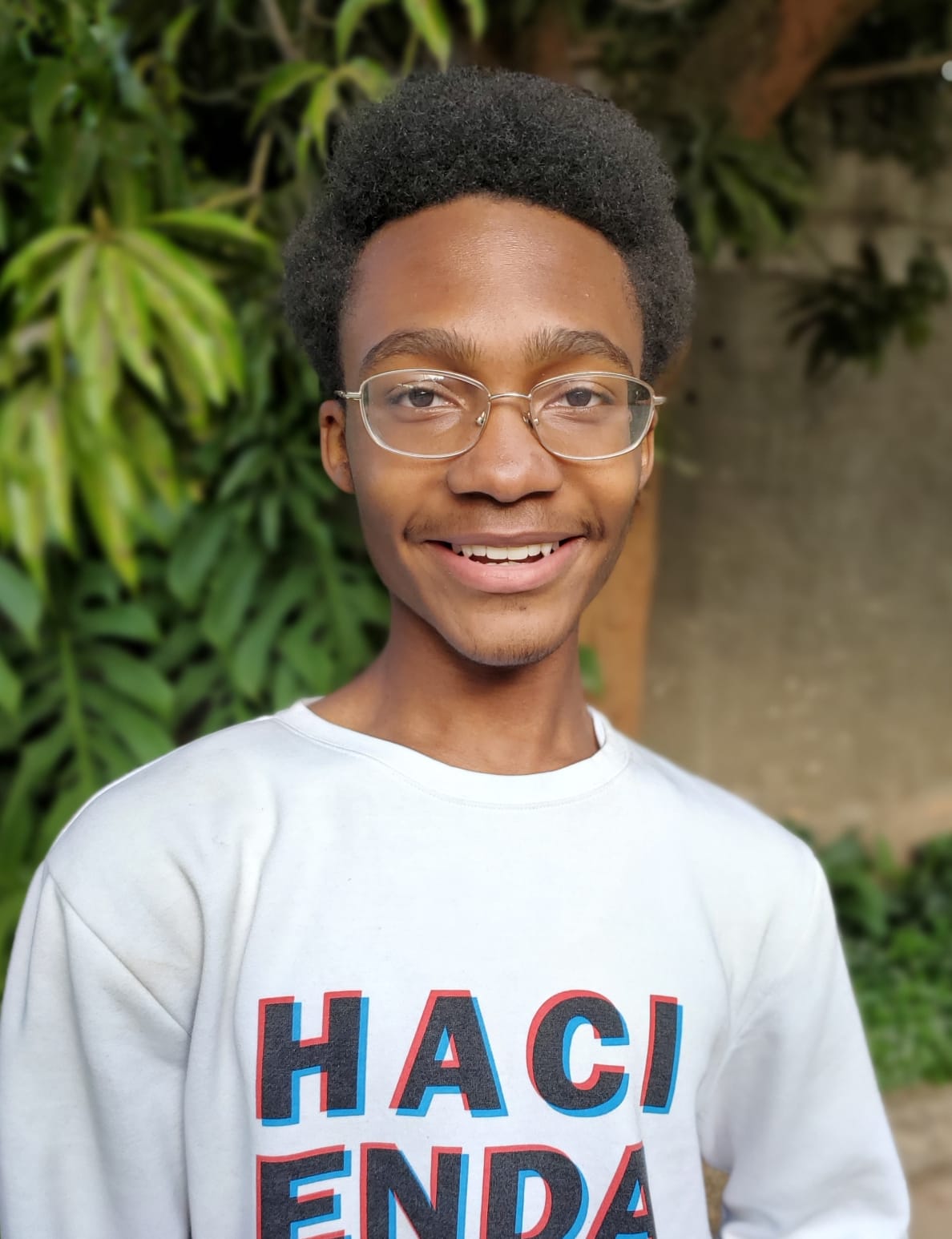
We met Uncle Ben from Greenpop today. Greenpop, a South African non-profit organization, helps bring awareness to environmental issues such as deforestation and climate change while advocating for positive solutions. Today, Uncle Ben took us to see a charcoal kiln, which is something low-income Zambians use to make coal. The process of making coal takes five weeks from cutting down the trees, building the kiln, and letting it burn. One 25-pound bag of coal costs 1,500 Kwacha, which is the equivalent of about $116. So basically, Zambians are cutting down 100+ year old trees to make coal for so little money they can barely profit off of it.
Whenever Uncle Ben can, he tries to advise Zambians against cutting down trees. That is his passion and mission in life. Unfortunately, the Department of Forestry in Zambia and Uncle Ben’s efforts are not nearly enough to impact deforestation. The Department of Forestry in Livingstone only has six people to an office and only one car. They cannot take effective action against the making and use of charcoal kilns due to the lack of equipment, people, and resources that they can put towards this issue.
It’s unfortunate that some Zambians are destroying their environment, but for some, this may be the only source of income for them and their families. It’s similar to drug dealing in the USA. People sell drugs and destroy their communities for a larger source of revenue than they would otherwise have access to. People like Uncle Ben should advocate for the Zambian government to do something about this. The government should try to make more job opportunities available for low-income residents, so they don’t rely on producing coal. Ideally, new heating and cooking solutions like rocket stoves should be promoted throughout Zambia. A lot of this is already happening through efforts by organizations like Greenpop.

After we saw the charcoal kiln, we went to a Secondary School in the community where we planted trees with students from their Environmental Club. One of the trees we planted was called Nimu. You can use Nimu tree leaves to treat malaria by boiling the leaves in water and drinking it. You can also use the leaves to make other kinds of medicine. The other tree was called Caya which means “I don’t know” in Nyanja. Planting trees was no easy task. I remember struggling to carry a bucket filled with water that I spilled all over my pants. Planting the trees helped me learn about the importance of trees beyond oxygen. With trees you can make medicine, and some trees can even protect you from harsh winds. Tree planting also helps stimulate rain, something which is becoming a huge problem in Zambia and that we have been witness to these past couple of days. More people should get involved in planting trees to help sustain the environment and human life.

After we planted some trees, we headed to the Waterfront Lodge Cafe to watch the sun set on the Zambezi river from their outdoor deck. It was really beautiful. The sky was filled with streaks of yellow, orange, and red, and Gaby and Clarence said it was one of the most vivid sunsets they’ve ever seen in Livingstone. The sunset, smoothie, and pizza from Olga’s were a good way to end the day.
Romeo P., Cesar Chavez Public Charter School (Class of 2019), College of Wooster
